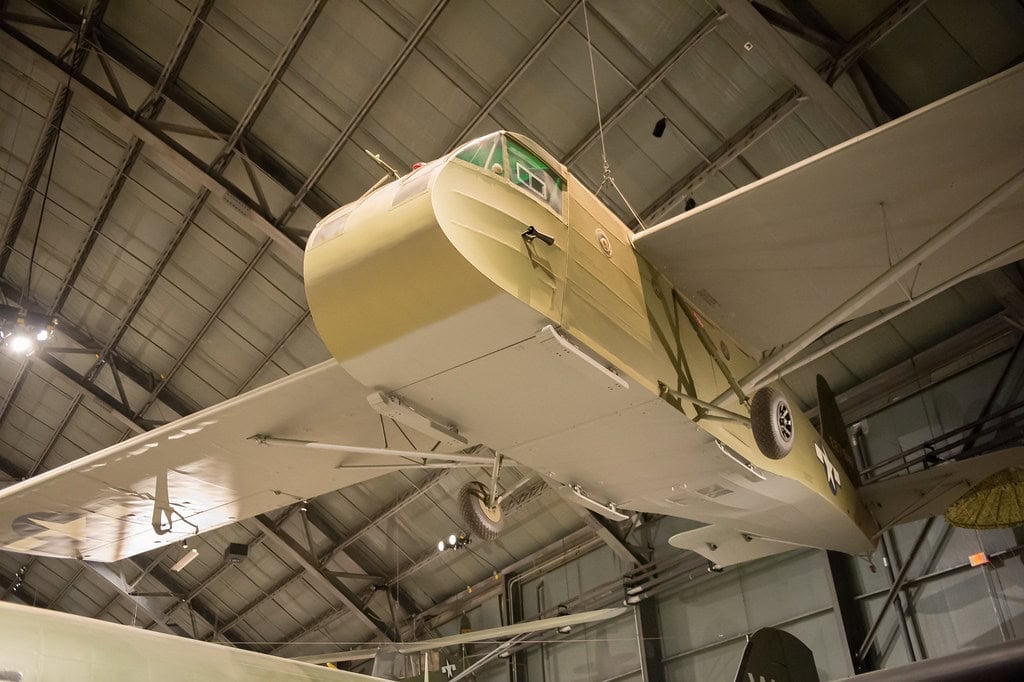Using a World War 2 glider was a dangerous experience when things went wrong. As today’s footage shows, these vehicles could be just as hazardous as a crashing plane. There is a reason why we don’t use glider aircraft for transport and supplies in the modern era.
Air Assault
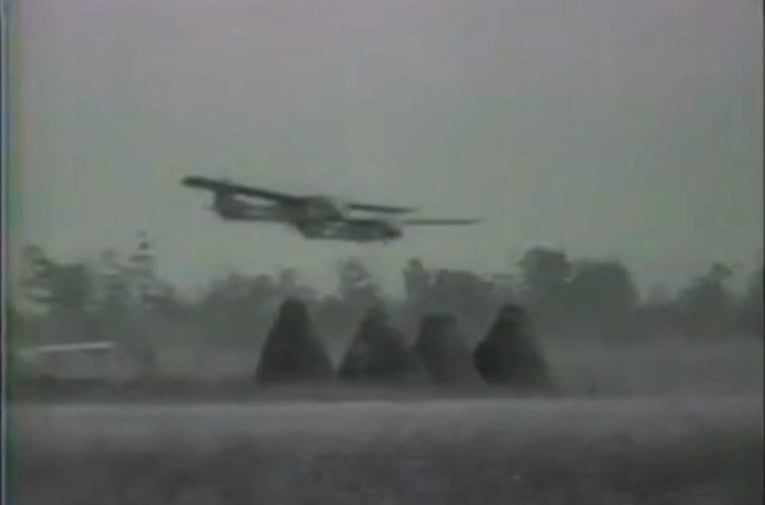
The final year of the war saw more robust tactics tested and developed. For the average World War 2 glider crew, that meant filling a role akin to the modern helicopter pilot. Gliders could transport men, supplies, and even vehicles.
A Coin Flip
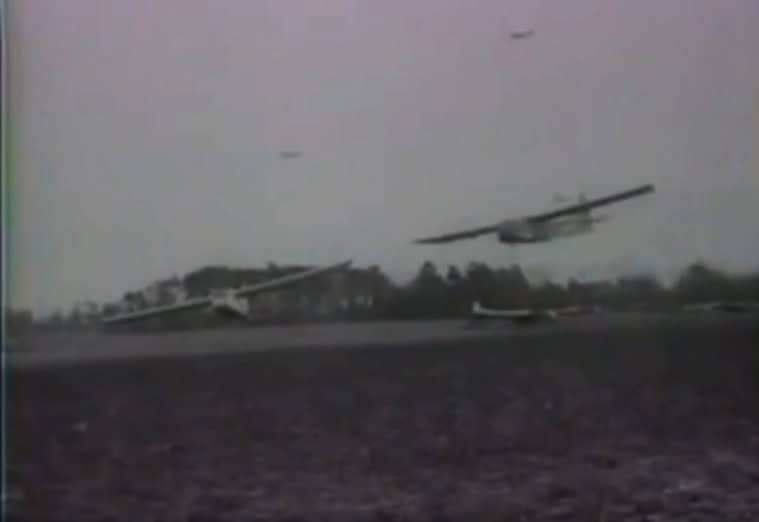
Despite this footage’s insistence, the World War 2 glider was a dangerous vehicle. Loss of life in aircraft in general during the Second World War was pronounced, but gliders fared worse than undefended bombers.
Marvels of Engineering
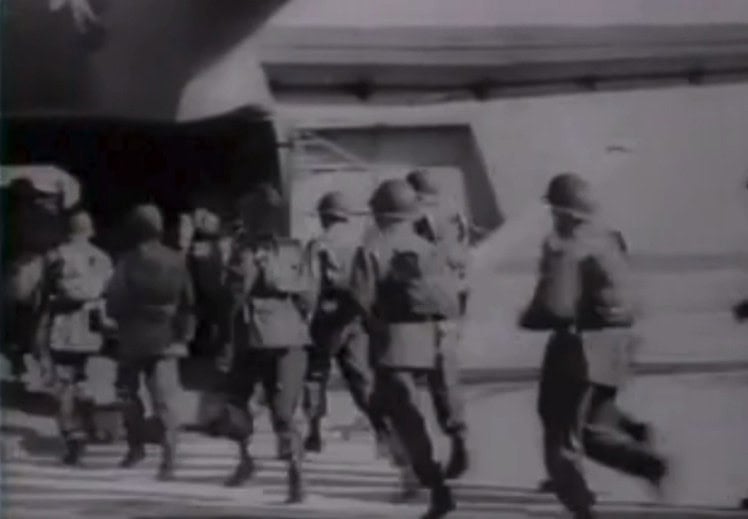
While the World War 2 glider isn’t anything you’d want to sit in today, you do have to marvel at the engineering at play. This especially large variant can transport vehicles, supplies, and a full combat unit without the need for a ship.
Coming for a Landing
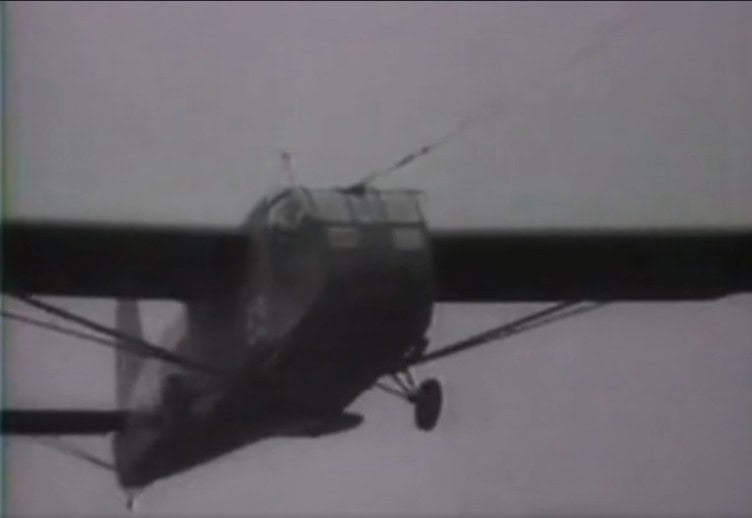
The best way to think of any World War 2 glider is like a massive paper airplane. While a pilot was able to set things down smoothly, they were at the mercy of physics and hoping landing areas had no traps. Since this is training footage, there is nothing to fear.
Clipped Wing
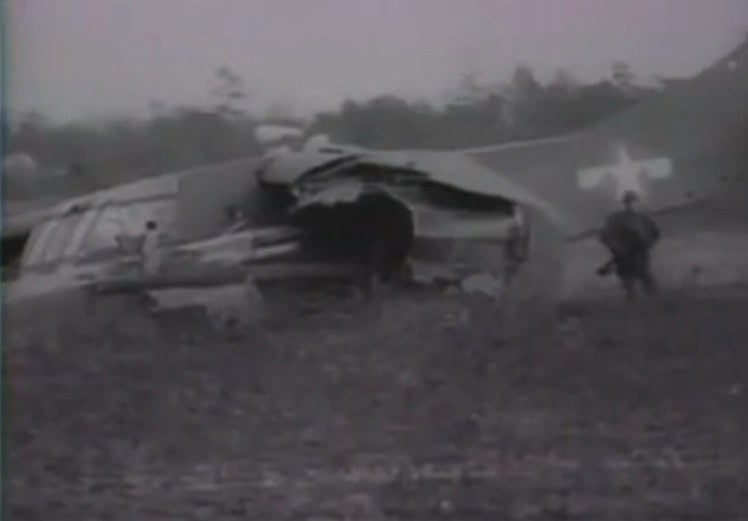
These two lighter World War 2 glider aircraft are doing training exercises. However, throughout attempting a landing, the wing of one gets torn off while landing in tandem. Thankfully, no one was harmed during this training exercise.
The Purpose of Gliders
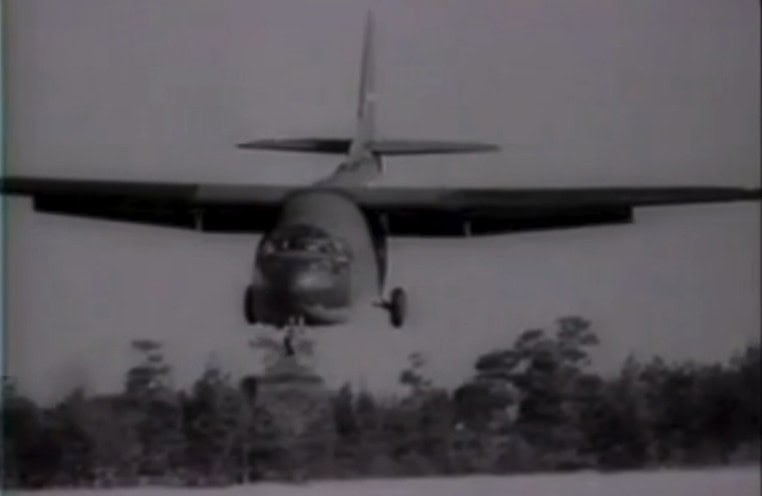
A World War 2 glider could get into areas where planes simply couldn’t. Paratroopers were still a nascent asset, as changing weather conditions could lead to drops being dispersed wildly. American gliders were famously used in the Invasion of Sicily, Operation Overlord, and Crossing the Rhine.
Evolving Air Assault Tactics
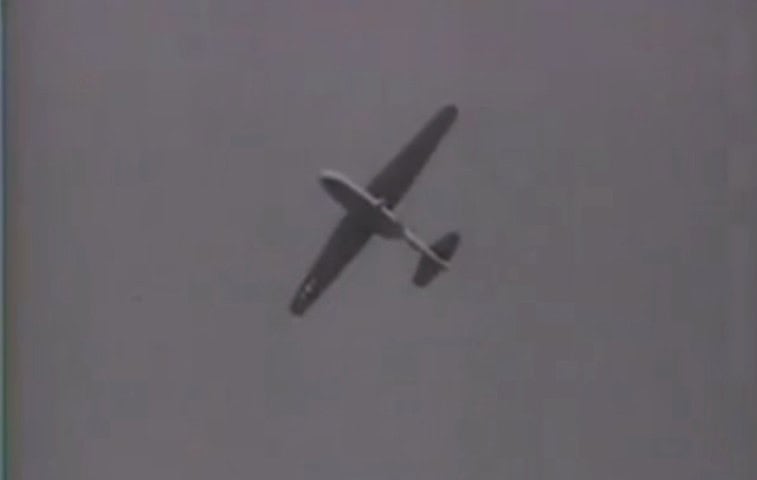
While the Great War put the newly developed plane to military use, World War 2 saw it become its own. Planes weren’t just intended for bombardment but could transport troops and other supplies as necessary.
Raining Men

Paratroopers were instrumental to the Liberation of Europe, much like the World War 2 glider. These men are possibly training for the crossing of the Rhine, which would see American troops pushing into German territory in earnest.
Preparation for the Big Fight
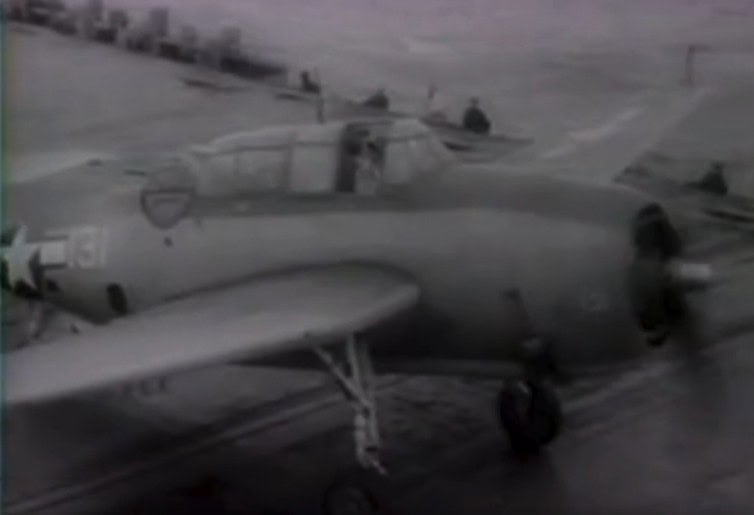
By 1945, both the Japanese and German military efforts were dying. Supplies were dwindling, good-quality reserves were depleted, and it was inevitable the Allies would win. That said, the fight was to be furious, with many dead before its end.
The Pacific Theater

Halfway across the world, the World War 2 glider was nowhere to be seen. General MacArthur was prepping for the Liberation of Manila, a promise he made years prior. Previously, Manila had been under Japanese occupation for the last 3 years.
Furious Fighting
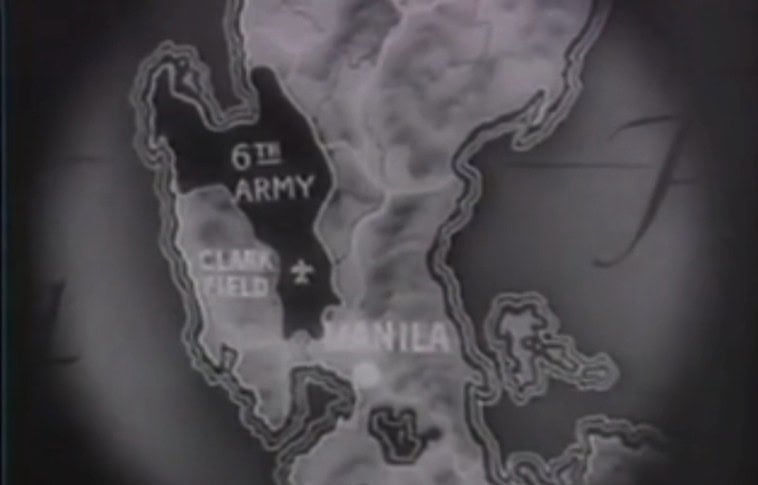
The Battle of Manila was a terrible occasion, but an American victory. MacArthur and his compatriots would inflict nearly 17,000 casualties on Japanese forces to secure victory.
Watch the Full Video

If you would like to see our exciting footage of these events, you can view it here. Looking back through history,
The image featured at the top of this post is ©"Waco CG-4A 'Hadrian'" by mark6mauno is licensed under BY 2.0..
